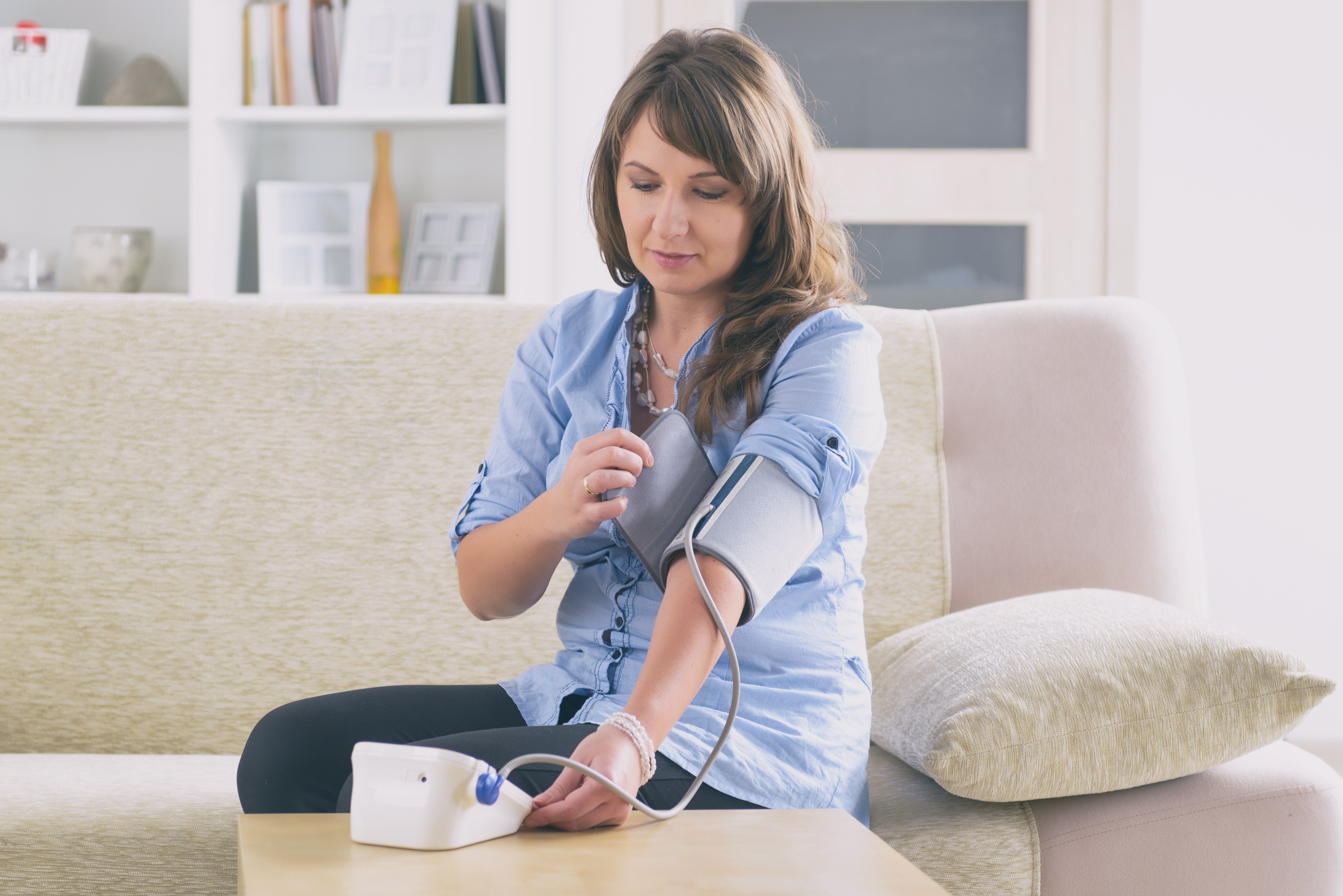Remote patient monitoring (RPM) is one of the most talked-about areas of innovation in healthcare today, and for good reason: many consider RPM an exciting extension of the way telehealth has already allowed practices to offer more comprehensive care. During the COVID-19 pandemic, this has become more important than ever, with medical practices seeking to maintain quality of care while keeping pandemic protections in place.
“It’s really an extension of patient care, to see inside your patient’s home, and see what they’re doing to maintain their health,” said Bailey Sutherland, an In-Practice Technology Services Consultant with Medical Advantage. “Getting reported deliveries on things like blood pressure, step count, and other metrics you’d want to monitor– there’s billable components to it too, which is great. I think it’s a great thing for practices to be able to tap into.”
A broad range of exciting new RPM devices like scales, step counters and blood pressure cuffs are just some of the new options allowing practices to collect data on vital signs, weight, blood pressure, blood sugar, blood oxygen levels, heart rate, electrocardiograms and more. In addition to the devices themselves, increased vendor support for monitoring and patient care, and enhanced technological integration with EHR systems and office workflow are making remote patient monitoring solutions more and more viable.
The data shows that these RPM technologies can go a long way toward improving clinical and financial outcomes. According to Wellbox, a provider of chronic care management solutions, RPM technologies can decrease emergency room visits and hospitalizations by up to 70 percent, improve patient outcomes by up to 44 percent, and potentially save the U.S. $6 billion in annual healthcare costs.
RPM technologies represent new possibilities to improve profitability and patient outcomes and will certainly become a larger part of the conversation around value-based care in 2021 and beyond.
“I think there are some really exciting innovations occurring in remote patient monitoring right now, and I can’t wait to see what practices are able to do with them,” Sutherland said.
If your practice is interested in exploring RPM for your medical practice – get in touch. Medical Advantage can help advise your practice on solutions and how to integrate RPM into your current patient experience.




